Dr Simon Pooley, Lambert Lecturer in Environment (Applied Herpetology) at Birkbeck discusses ‘bioinvasions’ – the phenomenon of plants, animals and microbes being introduced more frequently into new regions – which is the subject of his new book, co-edited with Ana Isabel Queiroz.
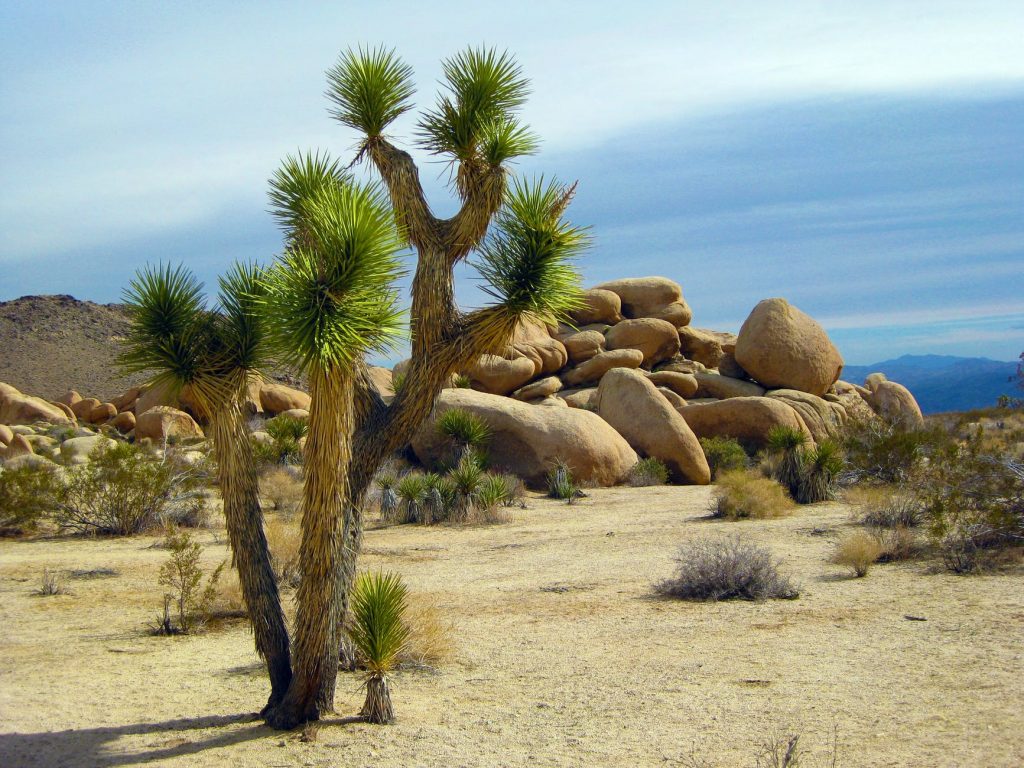
Bioinvasions, a global environmental problem of anthropogenic origin, have been studied mainly by the natural sciences. However, it is widely acknowledged that it is also important to understand the human dimensions of bioinvasions. The book brings together environmental historians and natural scientists to produce historical narratives of bioinvasions, drawing on a bricolage of sources and methods. Central to our endeavours is our recognition that temporal and spatial scales are crucial variables in all narratives which attempt to explain the movement of invasive species across ecosystems and landscapes.
This book has three overarching aims: first, to provoke natural scientists working on bioinvasions to think more historically; second, to convince environmental historians to engage with the science of bioinvasions; and third, through sharing the research presented in this book, to convince them all of the richness of the research materials and themes and the importance of the issues, and so stimulate interdisciplinary collaborations on bioinvasions.
So, why focus on the Mediterranean region? Primarily, it is because of the antiquity of human and ecological relations in the region, notably regional (and from the fifteenth century, global) maritime communications and trade. While historians have studied the impacts of European trade and invasive plants, animals and diseases elsewhere on the planet, they have paid less attention to the reverse flow. The introductions of some well-known naturalised (non-invasive) plants such as tomatoes, potatoes, tobacco and citrus, are better known.
Of course, as the eminent environmental historian J. Donald Hughes has remarked, the Mediterranean region is a somewhat fuzzy concept, and has been defined differently depending on whether scholars have chosen biophysical, political or cultural variables and definitions. In our usage, it includes the entirety of the Mediterranean Sea, and terrestrially, the Mediterranean-type climate (MTC) region surrounding this sea.
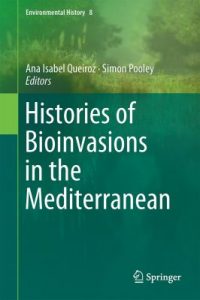 This biophysical framework should not obscure how this region has been transformed by human actions—from agriculture to herding, burning to hunting and deforestation. Such is the scale and diversity of such influences, over millennia, that the region represents an archetypal landscape where humans and their physical and biotic environments have coevolved.
This biophysical framework should not obscure how this region has been transformed by human actions—from agriculture to herding, burning to hunting and deforestation. Such is the scale and diversity of such influences, over millennia, that the region represents an archetypal landscape where humans and their physical and biotic environments have coevolved.
Our book includes historical case studies which collectively contribute towards a history of bioinvasions in the Mediterranean region. The histories of marine invasions best fit this aspiration, in taking in the full sweep of the Mediterranean Sea. Some of the remaining chapters are perhaps more histories in than of the region, but they all offer insights into the histories and processes of invasion in the region which share commonalities across a diversity of ecological and cultural contexts. In addition to climatic and topographical factors, and longer-term geological processes, these include: seaborne exploration, colonisation, communication and trade; the impacts of agriculture, forestry and pastoralism; and the convergent evolution of the flora in response to human disturbances, notably land clearing and burning.
Histories of bioinvasions undermine notions of timeless continuities or geographical or environmental determinism. They feature an array of introduced species from across the globe’s oceans and shores, following diverse invasion pathways facilitated by unexpected vectors, imported for numerous purposes (or accidentally). Just possibly, in aggregate, bioinvasions herald a terminal disruption of the ecological coherence used to define a ‘Mediterranean basin’ region. So, this book offers both an argument for thinking in terms of a Mediterranean region, and offers a warning of its fragility, conceptually and physically.
Our book features nine case studies of bioinvasions from the plant and animal kingdoms, encompassing marine, freshwater and terrestrial environments. These include an overview of all marine bioinvasions, a chapter focussing on invasive marine and freshwater decapods (crayfish, crabs and prawns), terrestrial invasions by Argentine ants and waxbills, invasions of islands by reptiles, amphibians and Australian plants, invasions of coastal salt marshes by cord grasses, and of freshwater waterways by African clawed frogs. These invasive species have been transported from around the globe or internally within the Mediterranean region. My own chapter includes a section on the important role of fire coupled with invasive introduced plants in Mediterranean ecosystems. It also adds a comparative look at South Africa’s Mediterranean climate region, and the history of invasions of its unique fynbos biome, examining the reasons for introductions, and cultural, political and scientific responses to their social and environmental impacts. The chronological range of this collection extends from the Neolithic and the Bronze Ages through Classical times, the ages of European maritime discovery, to the present.
Ana Isabel Queiroz (NOVA-FCSH, Lisbon) and I (the editors) are grateful for the enthusiasm and patience of the scientists among our contributors in working through many exchanges and versions to steer their work towards more historical writing. The material reads unevenly as history, in parts, but we feel the gains are substantial. In the course of editing this book, we have noted some interesting gaps in historical knowledge. For example, our knowledge of the chronology of introductions and spread of species prior to the twentieth century is surprisingly imprecise. Awareness of most of these invasions has come surprisingly late, with most discoveries and interventions described here occurring in the late twentieth or early twenty-first centuries.
In our Introduction to the book, Ana and I highlight promising avenues for further research by environmental historians. For instance, too little is known about some major pathways of invasion (notably maritime) into Mediterranean Europe, and historians have paid scant attention to invasions from species moved around within the region. There is interesting work to be done on the role of empires and their collapses, and resulting movements of humans and biota, in the introduction of invasive species. Comparative histories of management interventions and their outcomes could provide important contextual information for attempts to control bioinvasions in the region. It seems that shrubs of the region survive or recover from anthropogenic disturbances, and on the whole resist invasions by plants introduced from the other Mediterranean climate regions, possibly (as ecologist Jon Keeley has argued) because of the long history of coevolution of humans with the local biota. An exception is the western Iberian region, and it would be useful to have environmental histories of the introduction and spread of Australian trees and shrubs in this region. Finally, there are fascinating opportunities to synthesise histories of the colonisation of the region by the terrestrial fauna after humans arrived on the scene.
Histories of Bioinvasions in the Mediterranean ed. Ana Isabel Queiroz and Simon Pooley, is available now from Springer.

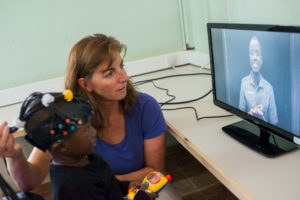
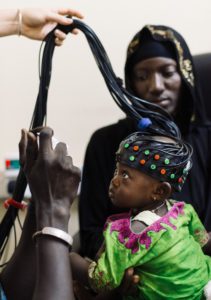




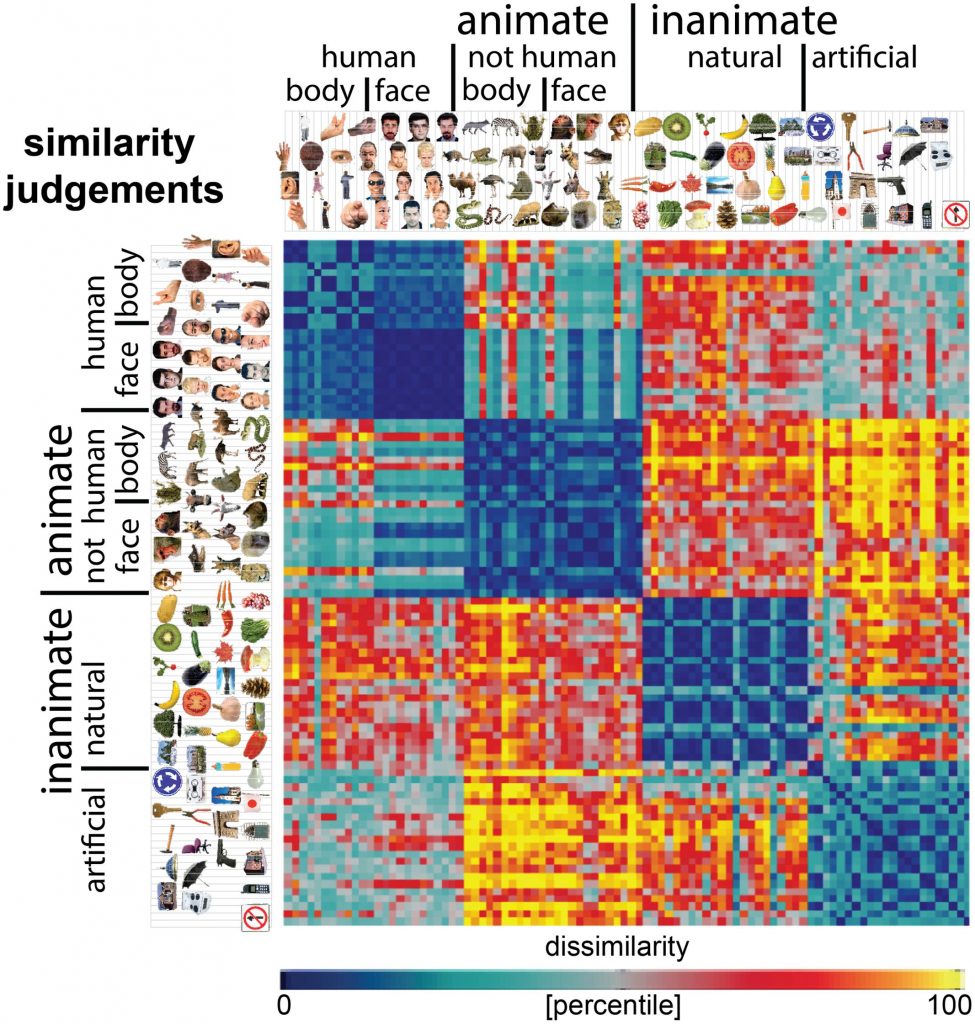

 This biophysical framework should not obscure how this region has been transformed by human actions—from agriculture to herding, burning to hunting and deforestation. Such is the scale and diversity of such influences, over millennia, that the region represents an archetypal landscape where humans and their physical and biotic environments have coevolved.
This biophysical framework should not obscure how this region has been transformed by human actions—from agriculture to herding, burning to hunting and deforestation. Such is the scale and diversity of such influences, over millennia, that the region represents an archetypal landscape where humans and their physical and biotic environments have coevolved.